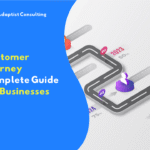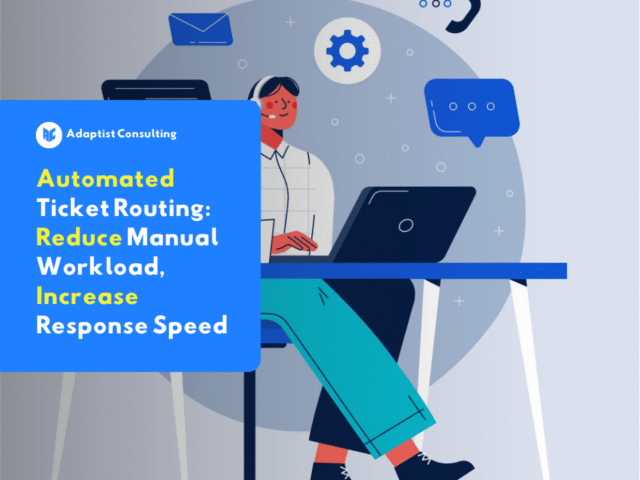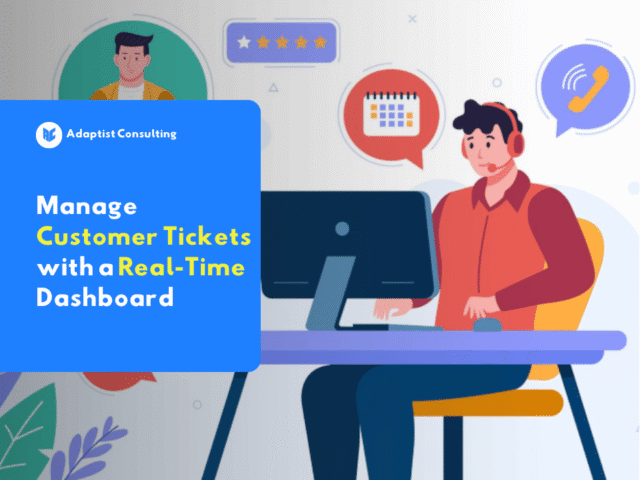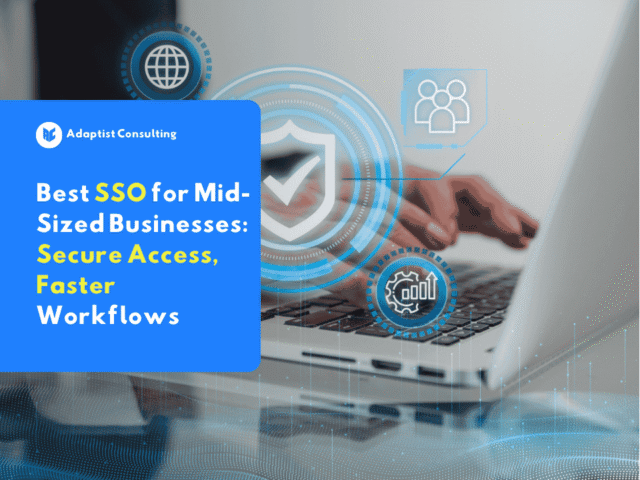
Omnichannel Ticket Management and Integrated Customer Service Solution
September 22, 2025
Customer Journey Complete Guide for Businesses
September 22, 2025Omnichannel vs Multichannel – Choosing the Right Strategy for Your Business

In the world of customer service, the term Omnichannel vs Multichannel is often used to describe communication and sales strategies. Both approaches involve multiple channels, but they differ significantly in how they deliver customer experiences.
What is Multichannel?
Multichannel is a strategy that uses multiple communication channels—such as email, social media, physical stores, or marketplaces—to reach customers. However, each channel usually operates independently without integration.
According to Qiscus, multichannel helps businesses expand their reach. Nevertheless, customer experience can feel fragmented because information is not synchronized across channels.
What is Omnichannel?
Omnichannel focuses on integration. All communication channels are connected within one system, ensuring that customer interactions remain consistent across every touchpoint.
Qontak emphasizes that omnichannel creates a seamless experience: customers can move from social media to WhatsApp chat and even to physical stores without repeating their information.
Key Differences Between Omnichannel and Multichannel
Based on insights from Sasana Digital and Usetada, here are the main distinctions:
| Aspect | Multichannel | Omnichannel |
|---|---|---|
| Focus | Channel-centric | Customer-centric |
| Consistency | Not consistent across channels | Consistent and seamless |
| Data | Separated, not synchronized | Fully integrated |
| Goal | Reach and engagement | Experience and loyalty |
| Challenges | Managing multiple channels | Integration complexity and costs |
Advantages and Disadvantages
Multichannel
Advantages: Easy to implement, suitable for small businesses aiming to reach wider audiences.
Disadvantages: Inconsistent customer experience and difficult centralized data tracking.
Omnichannel
Advantages: Consistent customer experiences, integrated data, and improved loyalty.
Disadvantages: Requires investment in technology and team training.
When Should Businesses Switch to Omnichannel?
Signs that your business is ready for omnichannel include:
- Customers frequently switch channels and complain about repeating information.
- Customer data is scattered across systems and hard to analyze.
- The volume of interactions increases, and support teams feel overwhelmed.
- Competitors have already adopted an omnichannel strategy.
Strategies for Effective Omnichannel Implementation
- Map the Customer Journey to fully understand customer needs.
- Integrate CRM and ticketing systems so customer data is centralized.
- Automate workflows to accelerate responses and ticket assignments.
- Train your team to ensure consistent service across all channels.
- Evaluate KPIs such as response time and customer satisfaction.
Conclusion
The debate on Omnichannel vs Multichannel shows that while multichannel is effective for reaching broader audiences, omnichannel excels at building consistent and customer-focused experiences.
For businesses that want to improve service efficiency and customer loyalty, omnichannel is the strategic choice.
To explore flexible and integrated solutions, visit Adaptist Prose.




